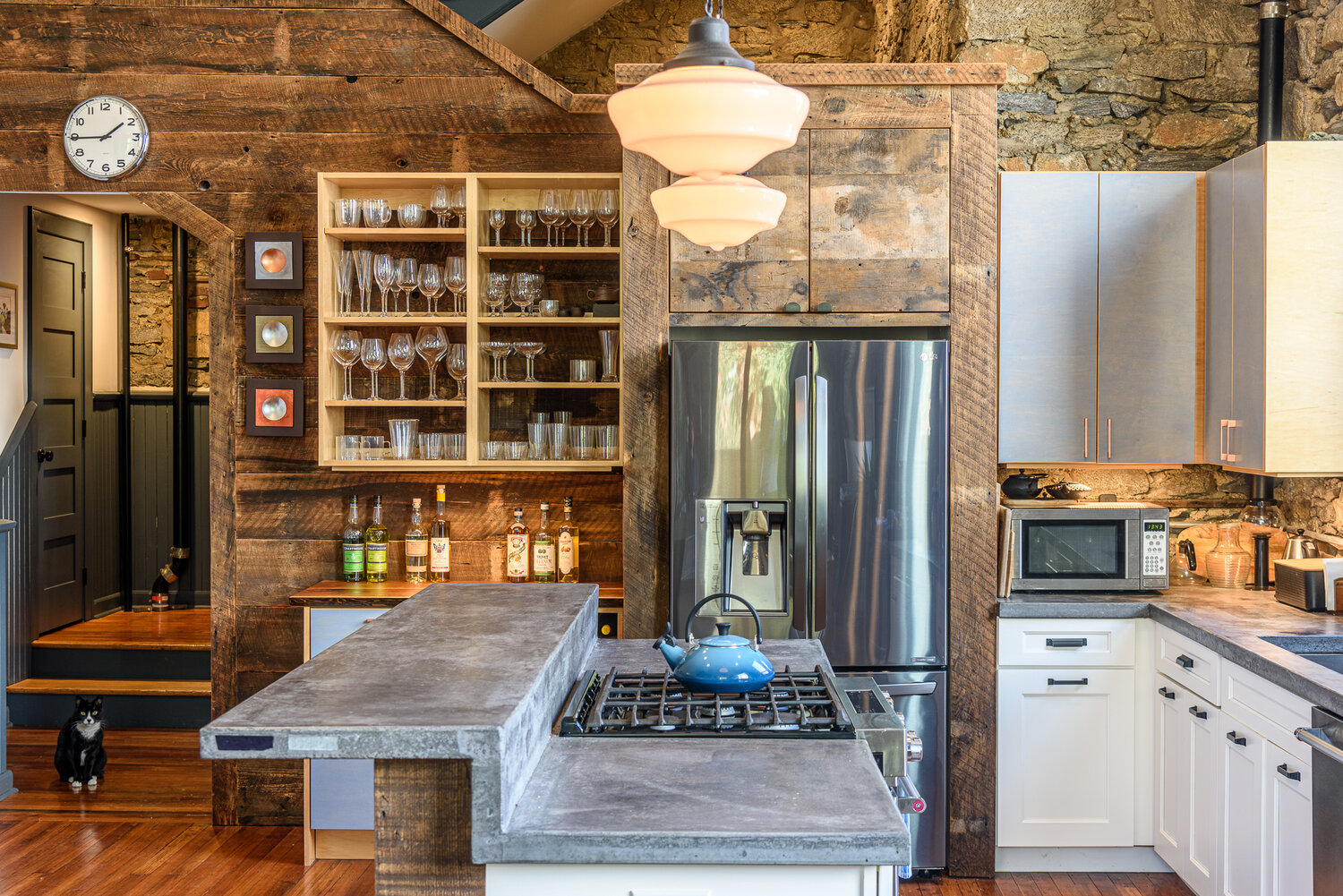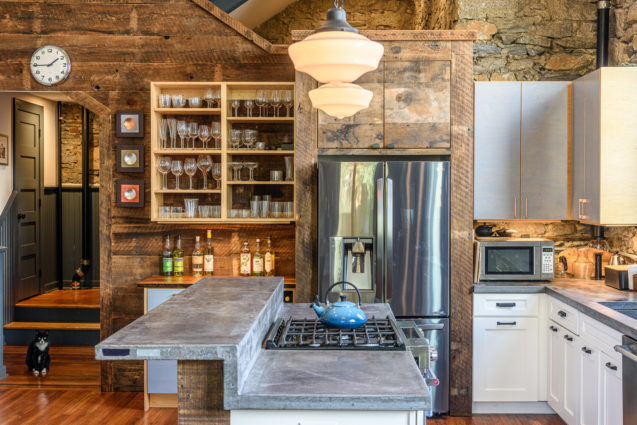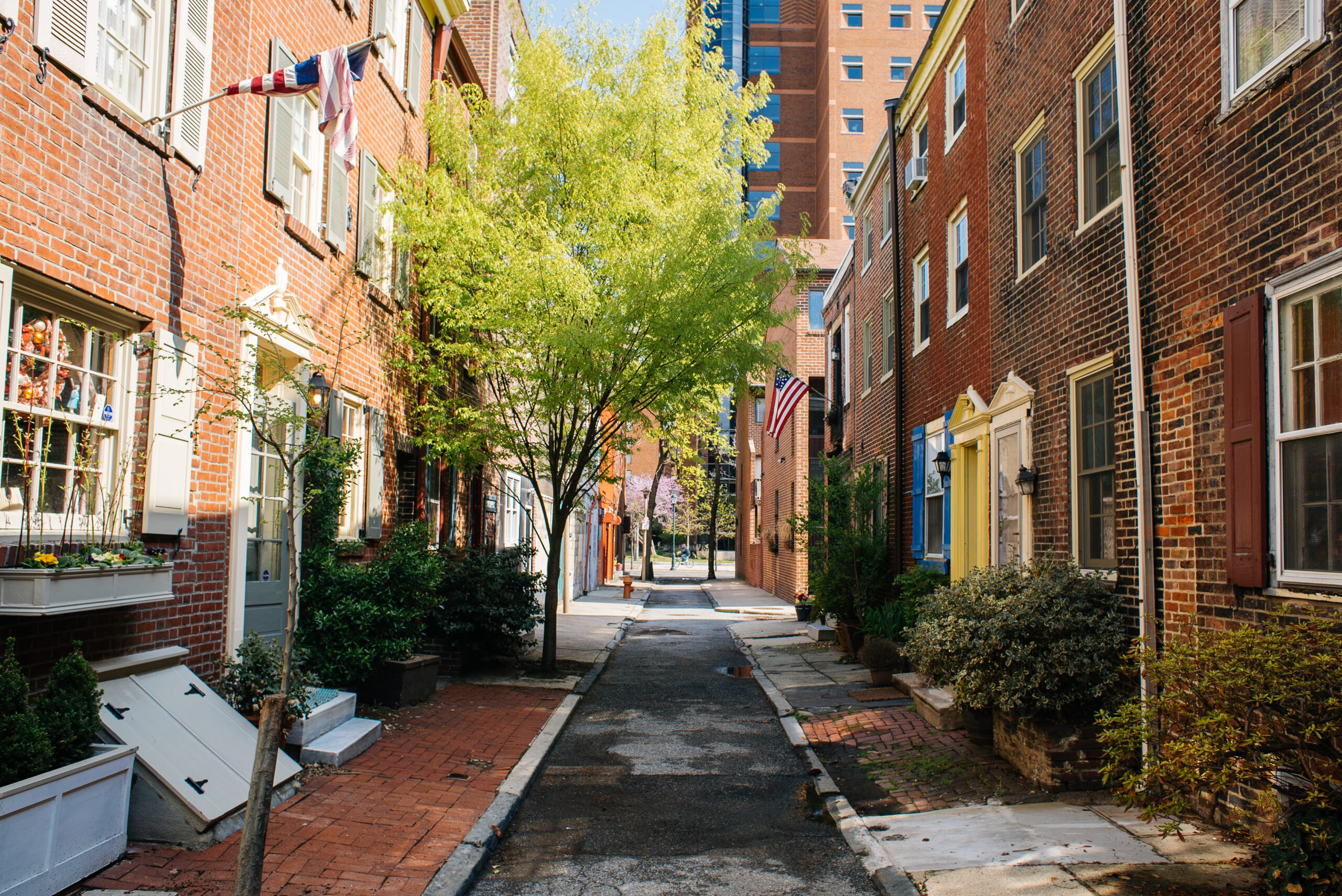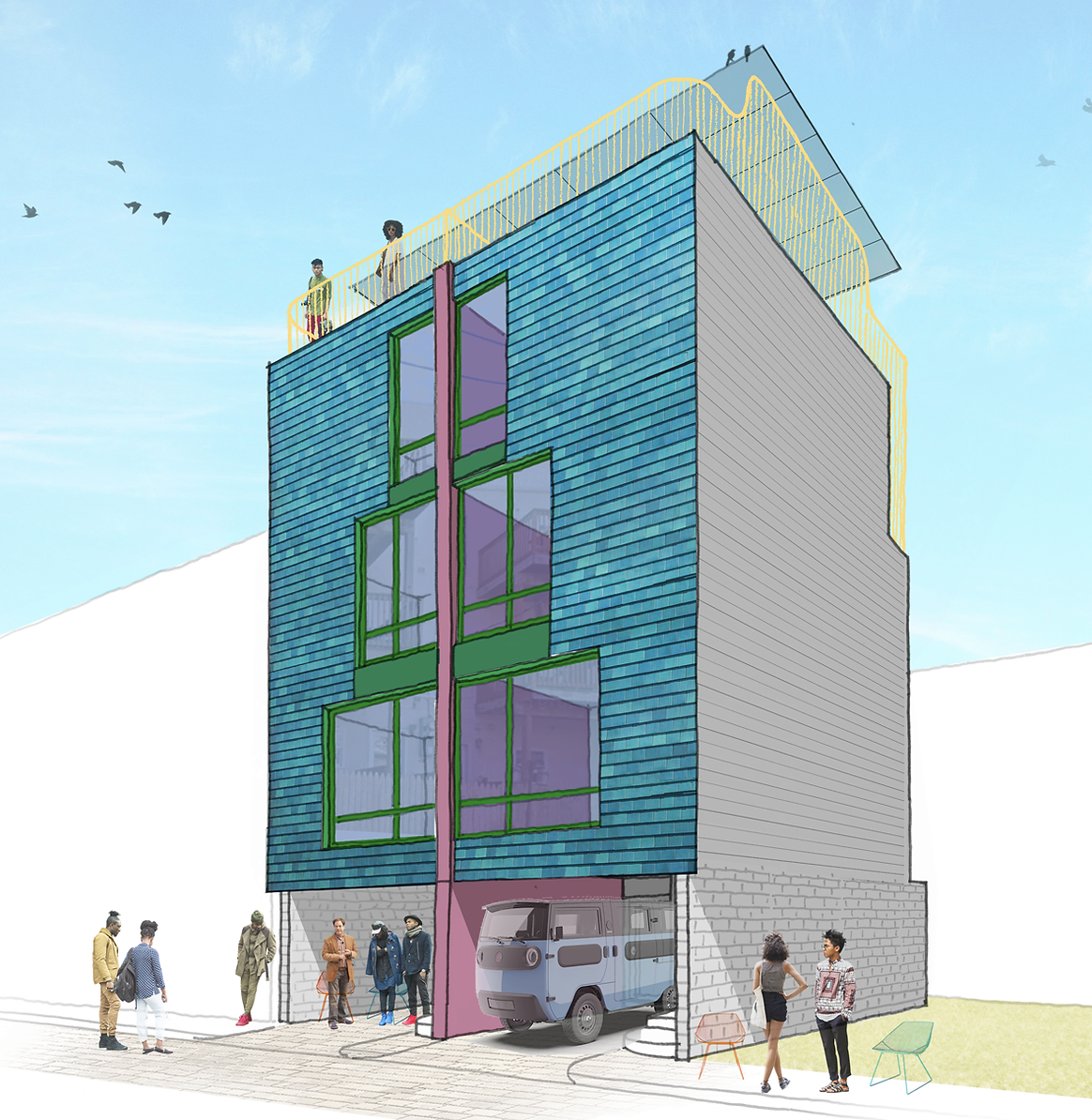architecture
Rehabbing Your Rowhouse

Bringing an older Philly rowhouse into the 21st century can be challenging. We want to make it easier and more affordable. With 70 years of experience, our agents at Solo Real Estate have managed multiple home renovation projects across the city so we’re sharing some insights on what to look out for in a rehab property, and what you can expect to have to update.
Whether you’re doing a gut renovation or updating a few things, most row houses tend to have the same problems. They are dark and narrow with small kitchens, postage-stamp-size middle bedrooms, and outdated bathrooms. The secret to home renovation is knowing where and how to open up a space to more light and functionality. For that, you need to work with an experienced architect and contractor who has expertise in rehabbing homes like yours.
Kitchens & Bathrooms
Even the most livable property usually requires a major makeover of the kitchen and bathroom. If sustainability is your goal, just say no to granite and marble countertops. “Custom made cast concrete countertops and sinks are better for the environment,” said Jayme Guokas, owner of Craftwork Design, a Philadelphia-based design firm specializing in customized living spaces. “Using cast concrete saves material from being quarried from the earth. It has a more hand-crafted, warm feeling, especially with inlays of fossils, agate rocks, and minerals,” he said.
When Guokas rehabbed his East Kensington row home, an 1880 structure, he conceived of it as a showcase for his business. “The house reflects my firm’s design principles as well as our ethic of sustainable building, using reclaimed and locally sourced materials wherever possible.”
For example, Guokas used Heart Pine flooring from a South Philly factory and a former livestock tank as a shower base. The cast concrete throughout the house, on countertops, windowsills, and sinks, featured inlaid glass, stone, and antique tile. Guokas balanced the reclaimed accents and poured concrete with contemporary appliances, light fixtures, and ceiling fans. Guokas also used custom-cast concrete to update the kitchen of Deborah Solo.
In his work for Parish House, a 1912 property in East Kensington, Guokas applied principles of sustainability. He created hand-troweled concrete countertops in all six units, as well as concrete sinks in two of the four bathrooms. An antique longleaf pine vanity is made from the beams salvaged from the adjacent church.

Influenced by woodworker/designer George Nakashima and the Arts & Crafts aesthetic of Henry Mercer, Guokas uses birch plywood for kitchen cabinets with creative stain options. A beautiful example is the hand-stained cabinetry he completed for a house on Seventh Street.
Let there be light!
An open floor plan is a popular way to bring more light and flow into your house. Or add a skylight to the living room, kitchen, or at the top of the stairwell. When possible, enlarge windows or select a front door with a decorative glass panel. When it comes to ceiling light fixtures, consider mixing recessed lights throughout the first floor with contemporary or vintage hanging fixtures.
The lighter your walls, the more light bounces off of them. Go with bright neutrals or white. But not just any white. Sherwin-Williams offers 48 shades, ranging from cool to warm. Benjamin Moore has over 300! We recommend bright white for ceilings and a warmer white for walls. If you’d like to add a pop of color, paint an accent wall to create a focus area while maintaining a sense of openness with the surrounding white walls.
Doing away with the cramped second-floor bedroom and enlarging the bathroom is an option if you do not require the room as a nursery or office. Another way to open up your home is to create a trendy roof deck with an outdoor spiral staircase.
The Rehab Bible
Before you make any decisions, read the Philadelphia Rowhouse Manual, an online, free, homeowners Bible. It clearly spells out how to approach renovations and additions, permits and codes. More importantly, it tells you how to avoid costly mistakes.
- Don’t try to be your own contractor
- Don’t work with relatives or friends
- Don’t work without a written contract
- Don’t put down more than a 20% deposit
- Don’t release more than 95% of the total cost before all work is completed to your satisfaction
“Managing over 400 units for different owners, Solo Real Estate is positioned to help row house owners identify reputable architects and contractors,” said Alex Franqui. “We get multiple bids from contractors. If you have a small job, it’s difficult to find a plumber or roofer. But we do enough business with them that they will handle the job.”
Interested in purchasing a rehab property? We can help! Learn more about our buying or property investment services here, and contact us for more information.







